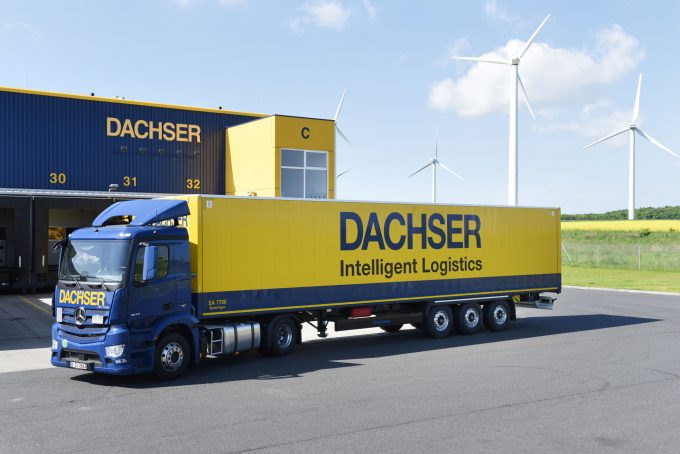OOCL gains market share in Q1, with 'very strong' financials unveiled by Cosco
Volumes carried by Cosco-owned container line OOCL in the first quarter soared, compared with the ...

While the consolidation of liner shipping companies into larger alliances and associated deployment of larger vessels on the Asia-Europe trades appears to be leading to a reduced range of port choices for shippers, it could, perversely, bring opportunities for logistics service providers with access to significant trucking capacity.
Edoardo Podesta, MD Asia-Pacific for Dachser’s air and sea forwarding unit, told The Loadstar on the sidelines of this week’s TOC Container Supply Chain event in Singapore that concerns about rising freight prices due to consolidation had been replaced by worries over port calls.
“A year ago ...
Maersk u-turn as port congestion increases across Northern Europe
Apple logistics chief Gal Dayan quits to join forwarding group
Maersk Air Cargo sees volumes fall as it aims for 'margin in favour of revenue'
Airlines slash freighter capacity post-de minimis, but 'the worst is yet to come'
Houthis tell Trump they will end attacks on Red Sea shipping
Transpac rates hold firm as capacity is diverted to Asia-Europe lanes
MSC revamps east-west network as alliance strategies on blanking vary
India-Pakistan 'tit-for-tat' cargo ban sparks sudden supply chain shocks

Comment on this article